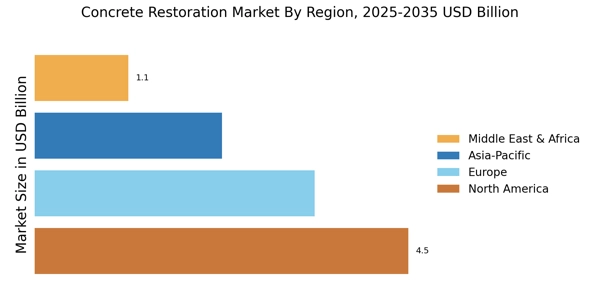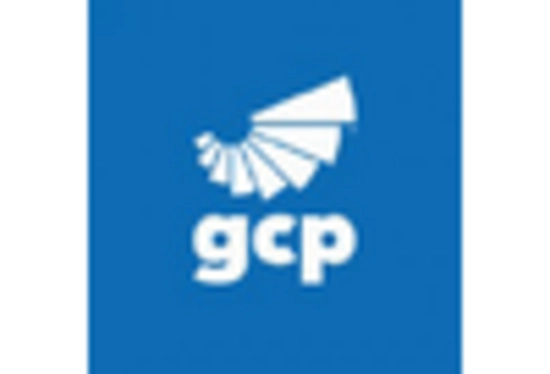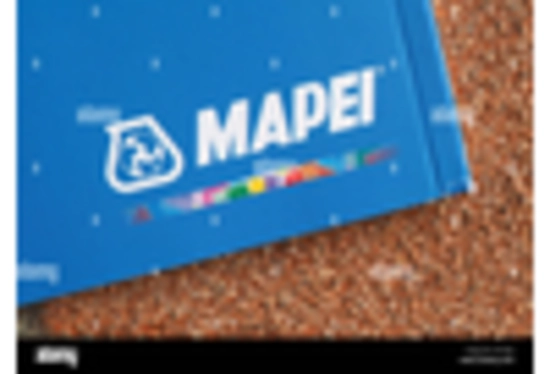Increasing Infrastructure Investment
The Concrete Restoration Market is experiencing a surge in demand due to rising investments in infrastructure development. Governments and private entities are allocating substantial budgets for the maintenance and restoration of aging structures, which is crucial for ensuring public safety and enhancing urban aesthetics. For instance, in recent years, infrastructure spending has seen a notable increase, with estimates suggesting that the global infrastructure investment could reach trillions of dollars by the end of the decade. This trend is likely to drive the need for concrete restoration services, as deteriorating concrete structures require timely intervention to extend their lifespan and functionality. Consequently, the Concrete Restoration Market stands to benefit significantly from this influx of funding, as it aligns with the broader goals of sustainable urban development and infrastructure resilience.
Growing Awareness of Safety Standards
The Concrete Restoration Market is influenced by an increasing awareness of safety standards and regulations. As urban areas expand and populations grow, the need for safe and reliable infrastructure becomes paramount. Regulatory bodies are enforcing stricter safety codes, compelling property owners and managers to prioritize the restoration of concrete structures. This heightened focus on safety is evident in various sectors, including commercial, residential, and industrial. For example, the implementation of safety regulations has led to a rise in demand for concrete restoration services, as property owners seek to comply with legal requirements and ensure the safety of occupants. The Concrete Restoration Market is thus positioned to thrive as stakeholders recognize the importance of maintaining structural integrity and adhering to safety standards.
Environmental Sustainability Initiatives
The Concrete Restoration Market is being shaped by a growing emphasis on environmental sustainability initiatives. As awareness of environmental issues increases, there is a push towards sustainable construction practices, including the restoration of existing concrete structures rather than new construction. This approach not only conserves resources but also reduces waste and carbon emissions associated with demolition and new material production. Many restoration projects now incorporate eco-friendly materials and techniques, aligning with global sustainability goals. The Concrete Restoration Market is likely to benefit from this shift, as more stakeholders recognize the importance of sustainable practices in construction and restoration, leading to increased demand for environmentally responsible restoration solutions.
Rising Demand for Aesthetic Enhancements
The Concrete Restoration Market is also driven by a rising demand for aesthetic enhancements in urban environments. As cities evolve, there is a growing emphasis on the visual appeal of concrete structures, prompting property owners to invest in restoration services that improve aesthetics. Decorative concrete finishes, resurfacing, and color treatments are becoming increasingly popular as they not only enhance the appearance of buildings but also protect them from environmental damage. This trend is particularly evident in commercial properties, where curb appeal can significantly impact business success. The Concrete Restoration Market is thus poised to capitalize on this demand for aesthetic improvements, as property owners seek to create visually appealing spaces that attract customers and enhance community value.
Technological Innovations in Restoration Techniques
The Concrete Restoration Market is witnessing a transformation driven by technological innovations in restoration techniques. Advancements in materials science and engineering have led to the development of more effective and durable restoration solutions. Techniques such as fiber-reinforced polymers and advanced epoxy systems are gaining traction, offering enhanced performance and longevity. Moreover, the integration of digital technologies, such as Building Information Modeling (BIM) and drones for inspection, is streamlining restoration processes and improving project outcomes. These innovations not only reduce costs but also minimize downtime during restoration projects. As a result, the Concrete Restoration Market is likely to see increased adoption of these advanced techniques, which could lead to more efficient and sustainable restoration practices.


















Leave a Comment